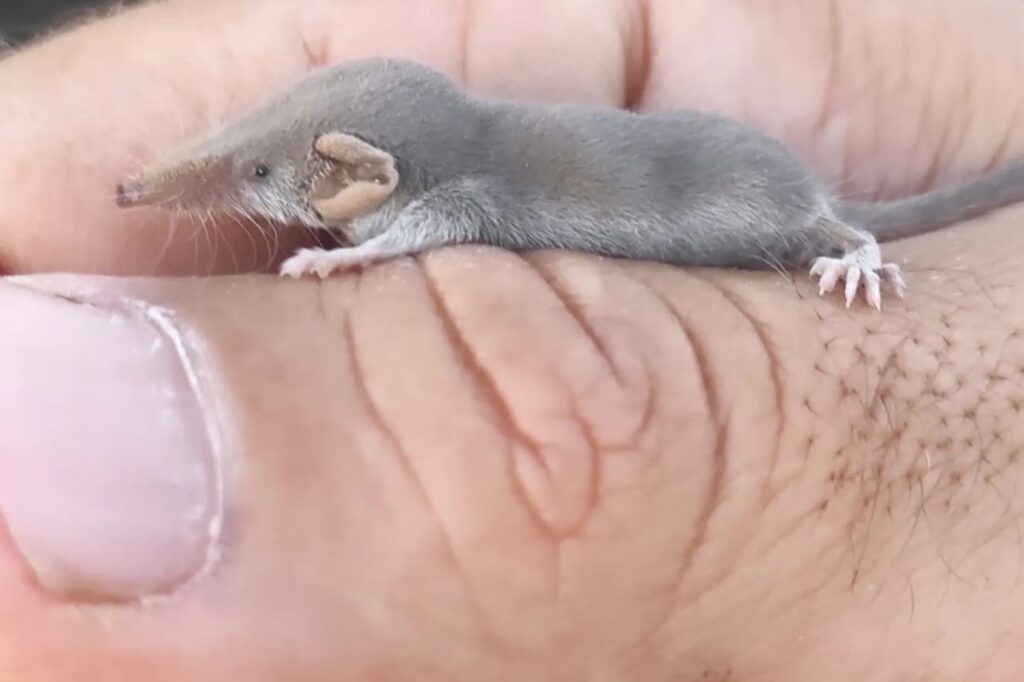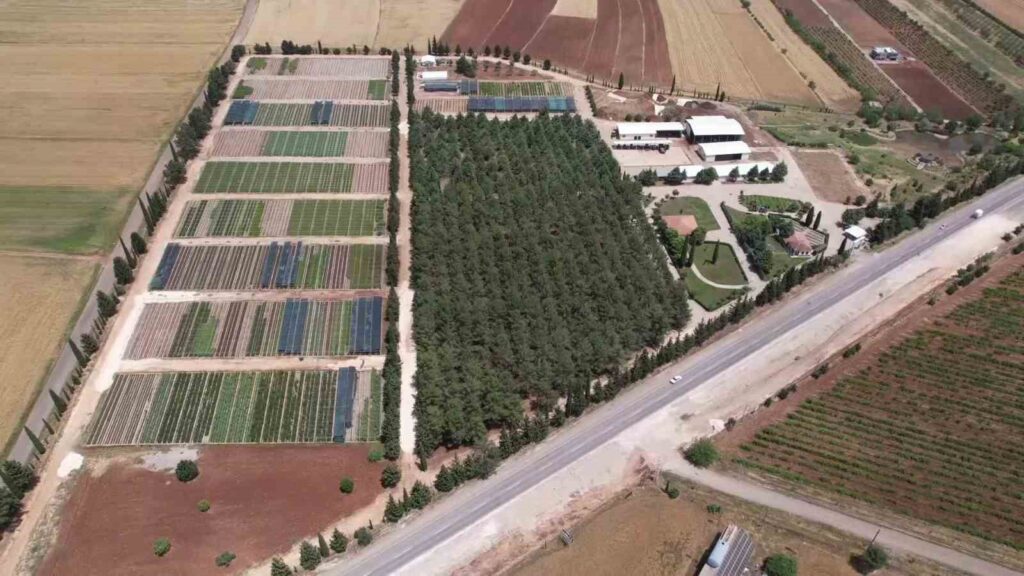The world’s smallest mammal has been spotted in Diyarbakır
In the Çınar district of Diyarbakır, villagers captured footage of the Etruscan pygmy shrew (Suncus etruscus), known as the smallest mammal in the world, using a mobile phone camera. Weighing only 2-3 grams at most, this species sparked curiosity among the villagers as …

In the Çınar district of Diyarbakır, villagers captured footage of the Etruscan shrew (Suncus etruscus), known as the smallest mammal in the world, using a mobile phone camera. Weighing a maximum of 2-3 grams, this species piqued the curiosity of villagers, while Prof. Dr. Alaettin Kaya stated that the Etruscan shrew is a very important animal ecologically.
Eyüp Dal, who was walking in the fields of the village of Taşhelvası in Çınar district with his friends, saw a small animal about 2 centimeters long that resembled a mouse on the ground. Noticing the species was active, Dal recorded those moments with his mobile phone camera. Upon researching, he learned that this species is the Etruscan shrew (Suncus etruscus). After discovering it is an important species for nature, Dal later released the animal back into the wild.
Prof. Dr. Alaettin Kaya, the head of the Laboratory Animals Department at the Faculty of Veterinary Medicine at Dicle University, stated that the Etruscan shrew, which is the smallest mammal, generally lives in agricultural lands, gardens, and wooded areas, and mentioned that the heart rate of this species can reach up to 1500 beats per minute.
Prof. Dr. Kaya noted that the Etruscan shrew has a maximum size of 2 centimeters, saying, “The animal in the footage is a mammal species known as the Etruscan shrew (suncus etruscus). In fact, it is recognized as the smallest species among mammals. This animal weighs 2-3 grams and is at most 2 centimeters long including its tail. It is very difficult to observe Suncus etruscus in the wild. It is a common species but does not stay in sight for long. It is a very important species ecologically. The reason is that even though the animal is very small, its metabolism is very strong. Its heart rate can reach 1500 beats.”
Despite its small size, Kaya stated that the Etruscan shrew is quite predatory and plays an important role in maintaining the ecological balance of the region, adding:
“Suncus etruscus consumes food very frequently. It consumes almost one and a half to two times its own body weight in food. If it does not eat, it can die within a day. As we mentioned, it is a very important species ecologically. These animals are insectivores. They are relatives of hedgehogs and moles. They mainly meet their nutritional needs by feeding on small invertebrates, some insect larvae, and insects. They can even sometimes feed on grasshoppers of their own size. It is an effective species in the insect population.”
Lastly, Kaya remarked, “It is a quite important species. Unfortunately, it is a species that often goes unnoticed. However, it is often confused with mice. It may not always be liked. In fact, Suncus etruscus does not like to approach humans very much. Because this animal is insectivorous, its jaw structure is very interesting. Despite being very small, it has a very strong bite. It has the jaw strength to break the outer shell of an insect with just one bite.”






